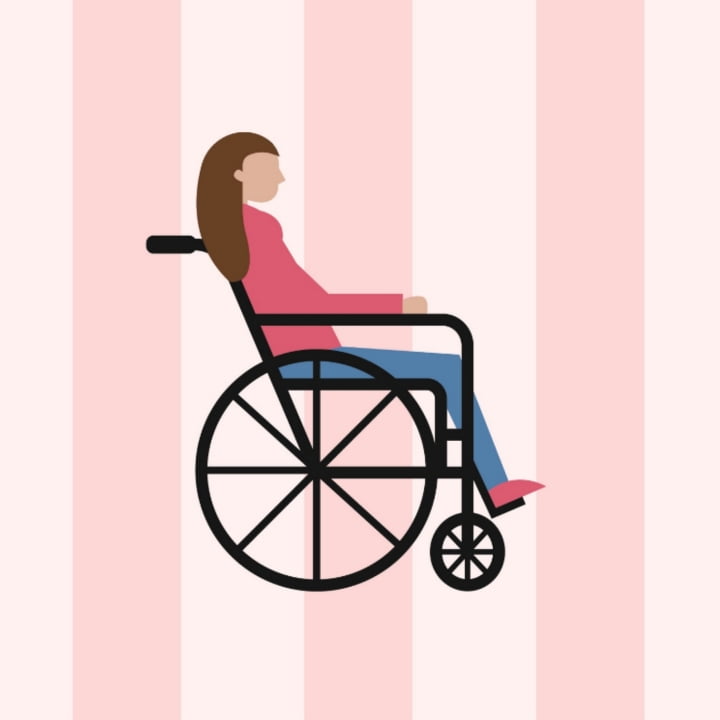To qualify for Social Security Disability benefits, you must have a qualifying disability and have worked in jobs that required you to pay into the Social Security system. If you meet these requirements and your doctor says you won’t be able to work for one year or longer, you may be able to receive benefits until you can work again—if that ever happens.
So which conditions qualify you for disability benefits? Read this and see if your diagnosis is on the list. If it’s not, don’t worry, your condition may still be qualifying.
- Asthma
- Anxiety
- Autism
- Back injuries
- Blindness
- Cerebral palsy
- Coronary artery disease
- COPD
- Deafness
- Disorders of bone marrow failure
- Epilepsy
- Heart failure
- Hemolytic anemias
- HIV/AIDS
- Irritable bowel disorder
- Intellectual disorder
- Kidney disease
- Liver disease
- Lupus
- Marfan syndrome
- Multiple sclerosis
- Parkinson’s disease
- Rheumatoid arthritis
- Sjogren’s syndrome
Any disease, injury, or disorder that prevents you from working for at least 12 months could potentially be a qualifying condition, depending on the severity. You’ll need to discuss your condition with a Social Security disability lawyer to determine whether or not you qualify.
There are certain conditions that will automatically qualify you for benefits so you can begin receiving payments right away without having to go through the approval process first. These include early-onset Alzheimer’s disease, Lou Gherig’s disease, stage IV or inflammatory breast cancer, cancer of the pancreas or gallbladder, and several other cancers.
How to Apply
If you want the Social Security disability process to run smoothly and efficiently, there are some things you need to know before your first appointment. To get the process started immediately, come prepared. Bring your Social Security number and those of your spouse and children, your W-2 information from the past year, and discharge papers if you were in the military.
The first thing you’ll need to do after you’ve gathered your information is to fill out a Social Security Disability report form. You can download this from their website and fill it out in advance. This form will ask you for information like your doctors’ contact details, the medications you’re taking, your past jobs, and any claims you’ve filed.
The next step in the process is to schedule your appointment with the Social Security Administration. You can make your appointment over the phone by calling 1-800-772-1213 or schedule your appointment online.
Another thing you can do to speed up the application process is to get a copy of your medical records from your physician in advance. Once you’ve requested your record, your doctor has 30 days to get it to you. Many doctors will turn it around faster than that, but it’s still smart to request it at least 30 days ahead of your appointment.
You can download this Disability Starter Kit to learn more about what to expect throughout the process. This helpful guide contains information, a worksheet, and a checklist that’ll help you prepare.
If Your Benefits Are Denied
According to the Social Security Disability lawyers at Bader Scott, in many cases the initial claim will be denied by Claims Examiners, who often make mistakes due to a lack of experience. With an attorney’s help, you may be able to successfully appeal so your application for benefits can be settled on favorable terms.
You can apply for an appeal hearing on the Social Security website, but be forewarned, you’re going to be waiting for this hearing for a long time. On average, the wait time for an appeal will be twelve months or longer. If your appeal goes well and your benefits are approved, you’ll get retroactive benefits either in payments or a lump sum.
You will have 60 days after you receive the notice of denial to file your claim. If you are denied, you should get on this right away. Your benefits may depend on it.
AUTHOR: Cheryl Roy






